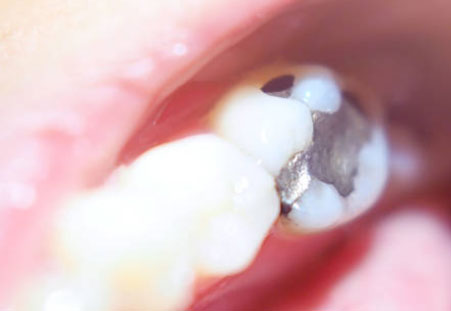- About
- What We Do
- What We Help With
- Services
- Before & After
- Cosmetic Teeth/Gum Solutions
- Blog
- Contact Us
- Book Now
White Fillings
Modern tooth-shaded white fillings or composite resins are a high-quality material used to rebuild teeth.These composite fillings are the best choice for front teeth and smaller fillings in back teeth.
Porcelain restorations are stronger than composite resins and are non-amalgam fillings. An inlay replaces the inside part of the chewing surface of a tooth while an onlays covers at least one side and tip of a tooth. These restorations help hold the teeth together and strengthen the remaining tooth structure.
All teeth can be restored with composite resins but larger fillings on back teeth may not be able to takes the stresses of daily chewing. The life span of such extensive fillings is therefore limited to around three to six years. This is, of course, dependent on the patient’s oral hygiene. Treatment with ceramic inlays or onlays should therefore always be considered as an alternative to composite.
To have a look at some examples of white fillings take a look at our White Fillings Gallery.
Advantages and Disadvantages of Composite Resin Fillings

- Fairly inexpensive
- Moderate strengthening of the tooth
- Good aesthetics
- Treatment in only one session
- No long-term stability of larger fillings
- Occasional bite sensitivity
- Possibility of discolouration and abrasion
- More susceptible to breakdown at the margins
Advantages and Disadvantages of Porcelain Fillings

- More expensive
- Excellent strengthening of the tooth
- Great aesthetics
- Excellent stability even in larger fillings
- No discolouration or abrasion
- No breakdown of margins
- Treatment requires two sessions
- Occasional bite sensitivity


Specialised Dental Services
Preventive & Elective Dental
© 2021 Cosmic Smile Pty Ltd – 02 9904 2880
info@cosmicsmile.com.au
Dentist Neutral Bay Sitemap
Address: A: 212/40 Yeo St., Neutral Bay NSW 2089,
Australia
P: 02 9904 2880
